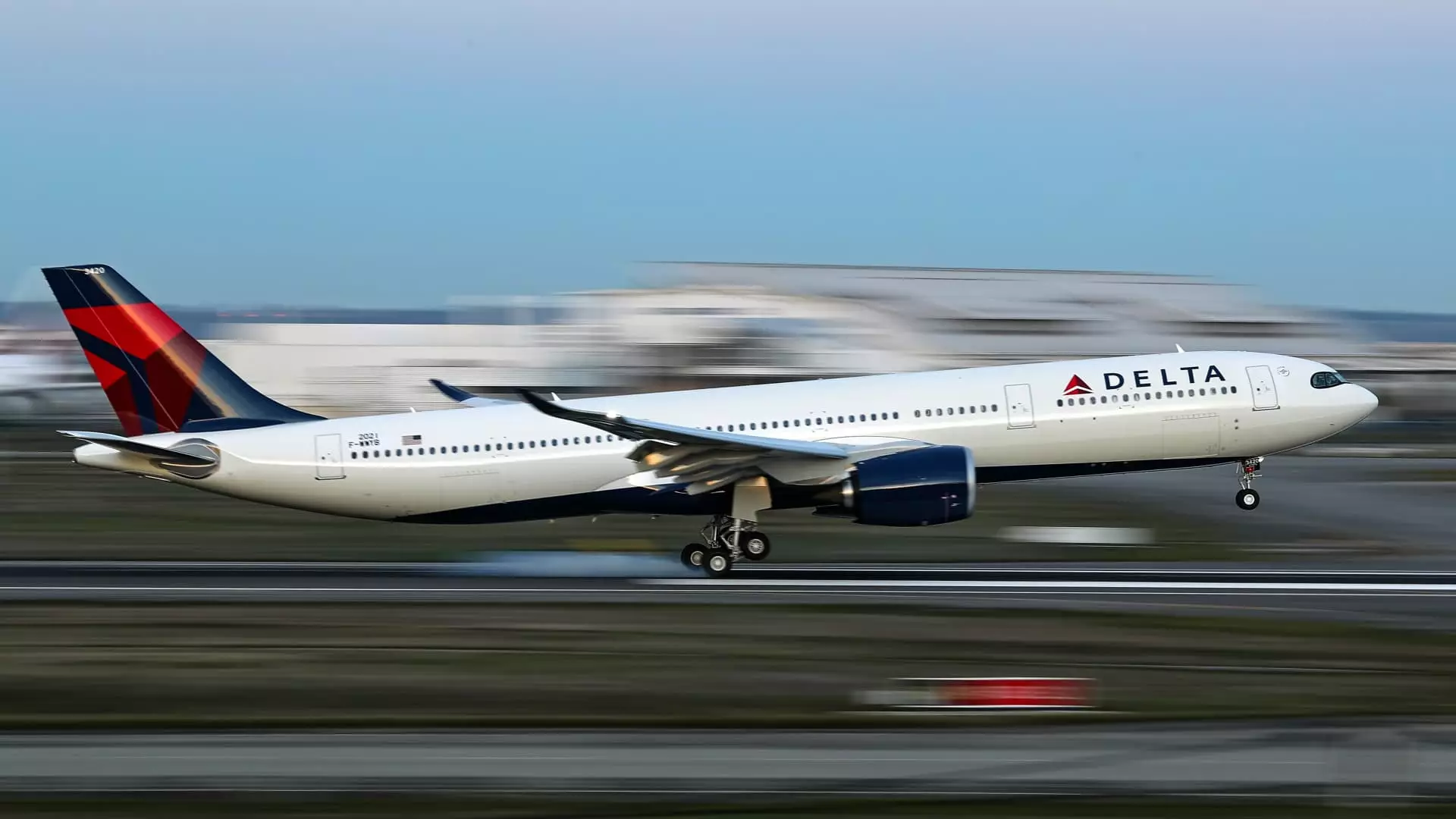For decades, the aviation industry has obsessively refined economy classes—adding extra legroom, introducing basic fare options, and segmenting the passenger experience to maximize revenue. In stark contrast, the premium cabins at the front of the plane have long been associated with luxury, personalized service, and exclusivity. However, even these prestigious sections are no longer immune to transformation. Airlines like Delta are carefully re-exploring and revamping their offerings, recognizing that the future of flying luxury hinges on flexible, innovative, and highly tailored experiences. Instead of resting on their laurels, premium carriers are now seeking to push the boundaries of what luxury means at 30,000 feet, realizing that customer expectations are evolving rapidly and that differentiation is essential for continued profitability. This shift signifies a strategic recalibration powered by consumer demand for more personalized, value-driven travel options.
Prioritizing Value and Flexibility in High-End Travel
Traditionally, travelers booking in first and business classes have enjoyed a suite of predictable perks: lie-flat seats, exclusive lounges, and high-touch service. Yet, Delta’s latest moves signal a desire to blend luxury with increased flexibility, possibly introducing new tiers or options within premium cabins—perhaps more affordable or modular fare structures that appeal to a broader demographic. The motivation behind this is clear: premium seating remains a lucrative revenue source, showing resilience amid declining demands for basic economy tickets. In the first half of 2023, Delta’s premium seat revenues saw a notable increase, underscoring the premium’s profitability. Meanwhile, the mainstream economy segment faced declines, prompting airlines to double down on their highest-paying customers with even more targeted offerings. The emphasis is shifting from a one-size-fits-all model to a sophisticated segmentation strategy that recognizes the diversity of high-end travelers’ needs, whether they prioritize space, privacy, or exclusive experiences.
Design Innovation: From State-of-the-Art to State-of-the-Art-Again
With technological advancements and consumer preferences in constant flux, airlines are aware that the word “luxury” is not static. Delta’s leadership openly admits their existing premium cabins are approaching their lifecycle’s midpoint; thus, they are actively testing new concepts to maintain their edge. Whether it involves bigger seats, dedicated social spaces, or personalized service features, the goal is to keep premium cabins fresh, desirable, and competitive. Virgin Atlantic’s “Retreat Suite,” for example, exemplifies an elevated tier where privacy and social interaction coexist, showing that the future of luxury isn’t just about plush materials but also creating versatile social spaces. The question is how far airlines will go in redefining the premium experience—will they consider stripped-down options designed purely for value, or will they continue to invest heavily in opulence? Current strategies suggest a focus on innovation rather than compromise, with Delta exploring new offerings that balance exclusivity with customer-centric flexibility.
The Strategic Implications for Airlines and Travelers
This ongoing transformation hints at broader industry implications. For airlines, modernizing high-end cabins isn’t merely about aesthetics but about repositioning their entire value proposition. As they upgrade, they are seeking to justify premium pricing by offering more personalized experiences, whether through exclusive dining, upgraded privacy options, or customizable seating arrangements. For travelers, this means access to a wider spectrum of luxury — from ultra-private suites that can host social gatherings to flexible tickets that cater to spontaneous or business travel needs. Yet, there’s also a risk: if airlines lean too far into personalization and modularity, they might dilute the traditional aura of exclusivity that defines premium cabins. The challenge lies in balancing innovation with maintaining the opulence that high-paying passengers expect. Ultimately, as airlines continue to experiment with their premium offerings, passengers will demand more transparency and value for their investment, compelling carriers to rethink what “luxury” truly means at 35,000 feet.
Final Reflection: The Future of Premium Flying is Personal and Dynamic
The landscape of premium air travel is entering a dynamic new phase—one where innovation, flexibility, and personalization take center stage. Airlines like Delta are no longer content solely with offering the same luxe experience; instead, they are actively exploring enriching their higher-tier cabins with options that cater to varied tastes and needs. This shift, driven by data, consumer feedback, and the competitive landscape, aims to redefine the very notion of luxury, transforming it from static opulence into a customizable journey. The winners in this era will be those carriers that anticipate and adapt swiftly, offering travelers a suite of choices that make their high-altitude experience not just exclusive, but also genuinely aligned with their personal preferences. In the end, premium travel’s future will be about delivering extraordinary value through innovation—making the sky not just the limit, but a canvas for sophisticated, personalized luxury.


Leave a Reply